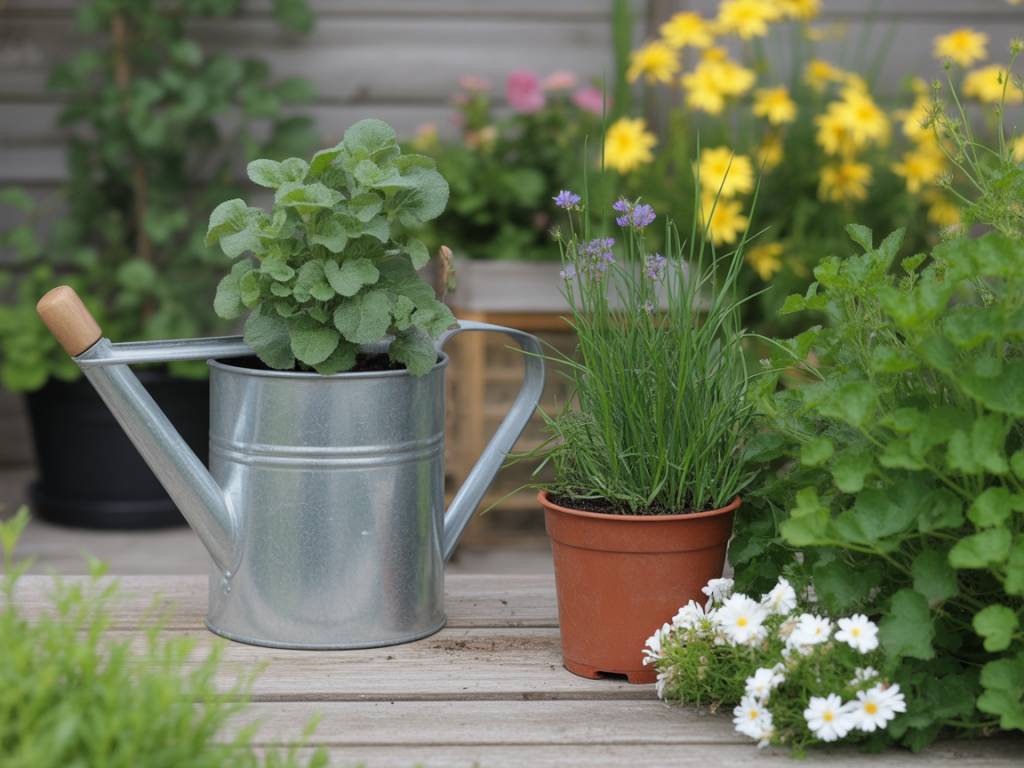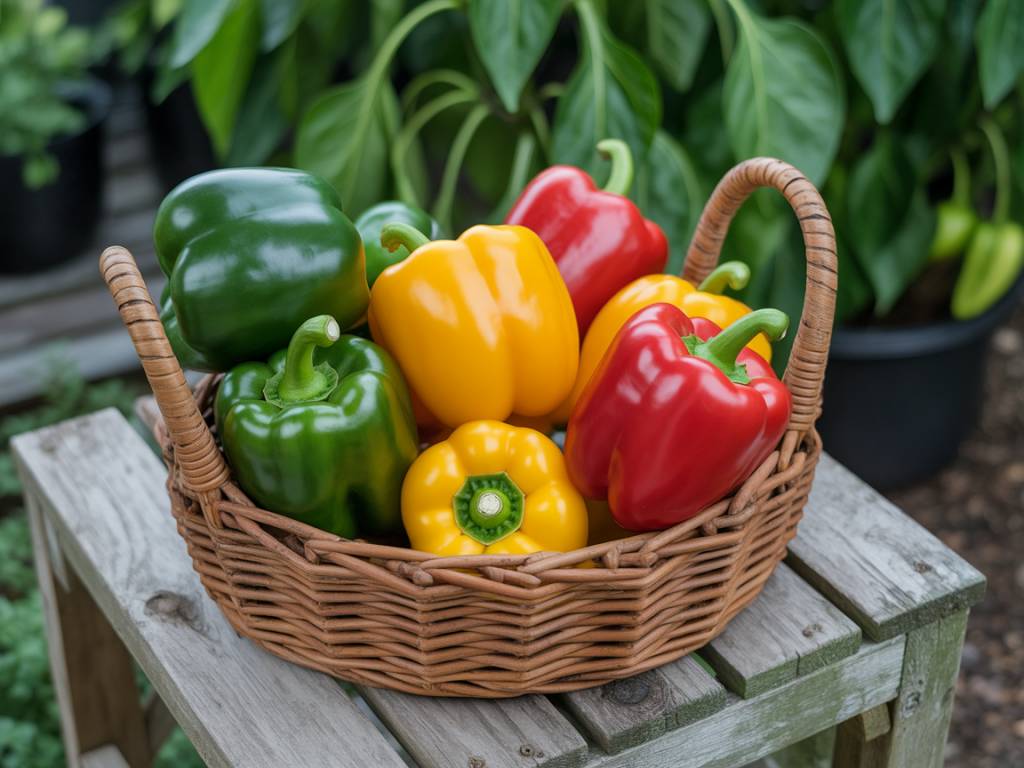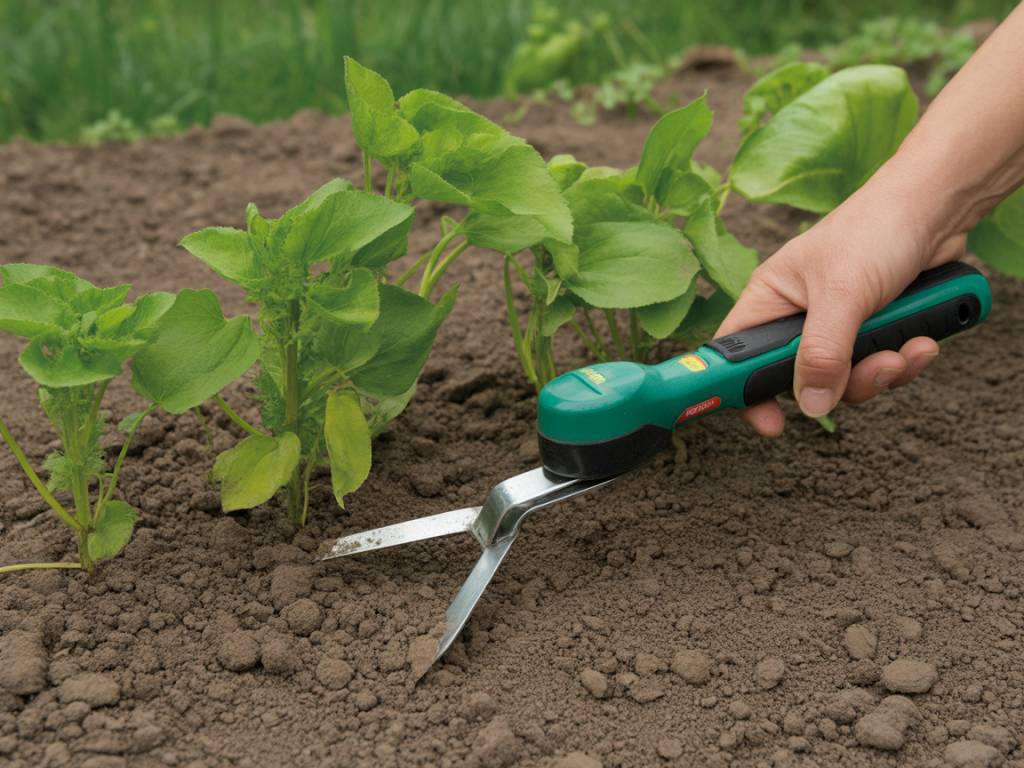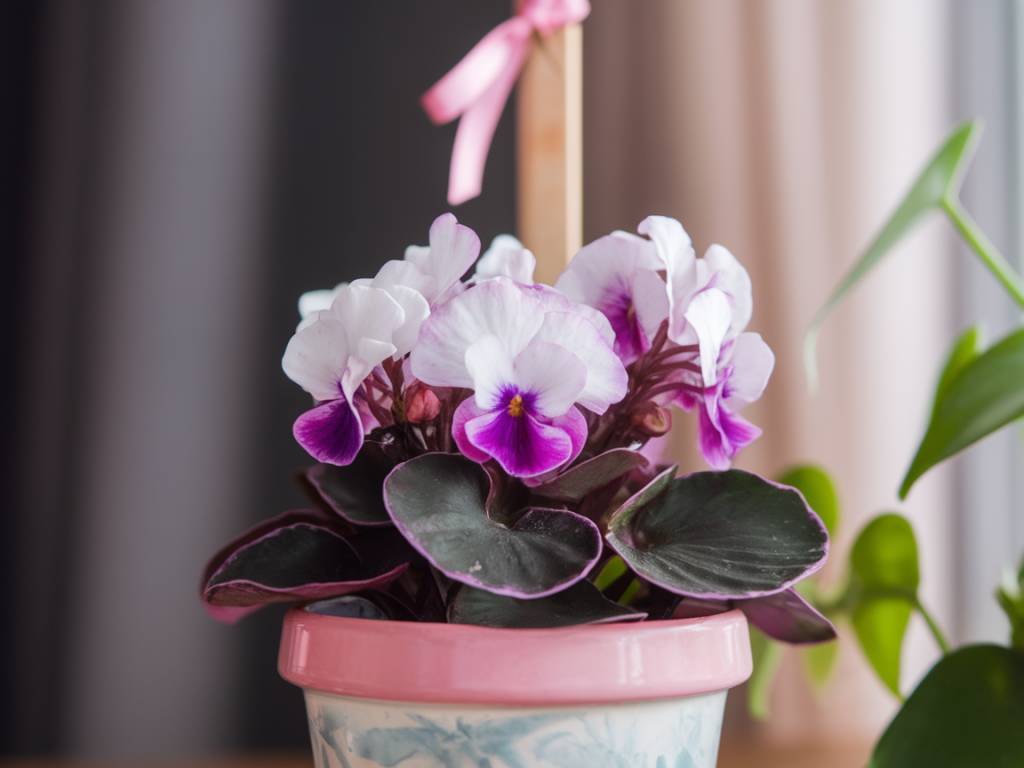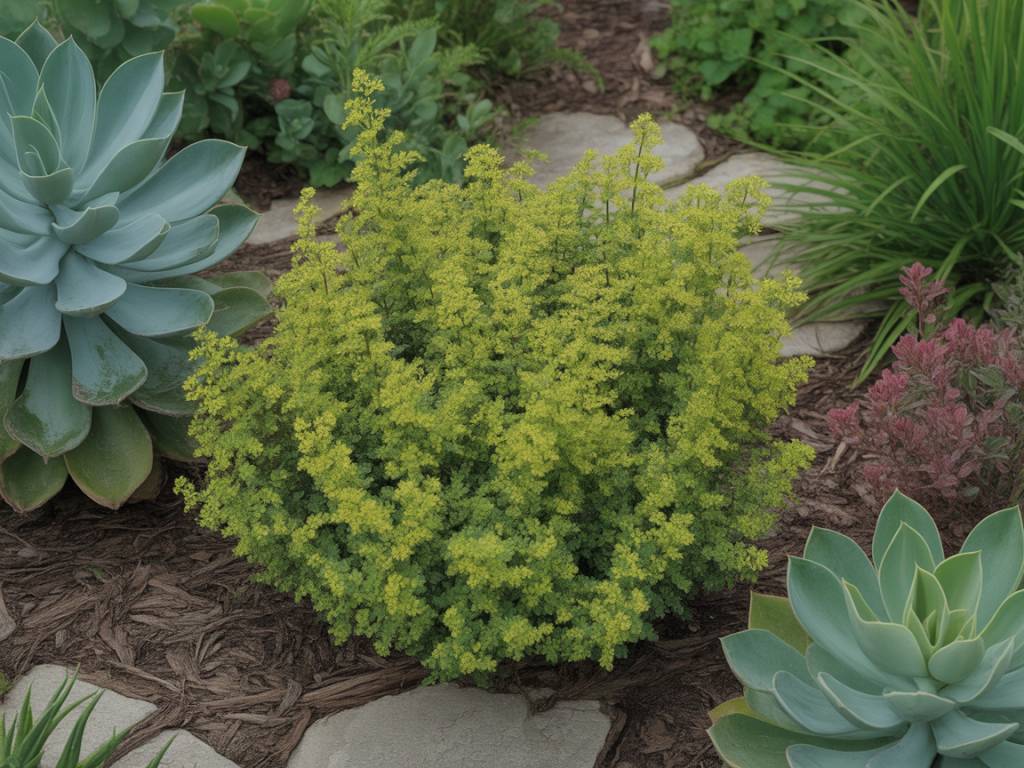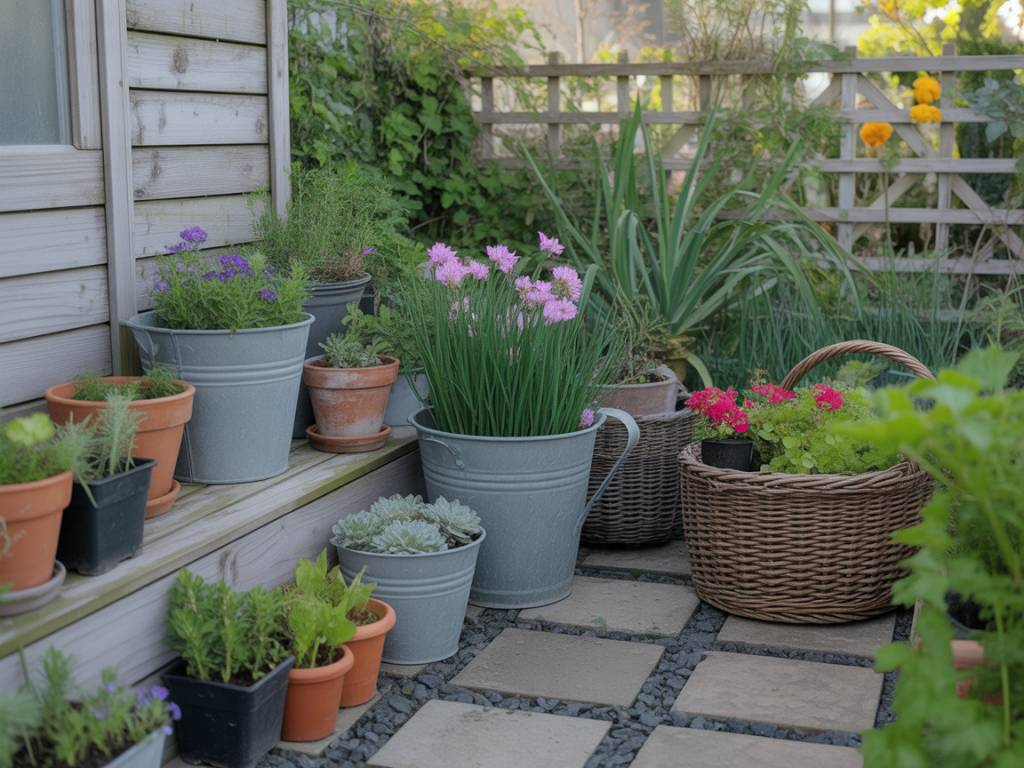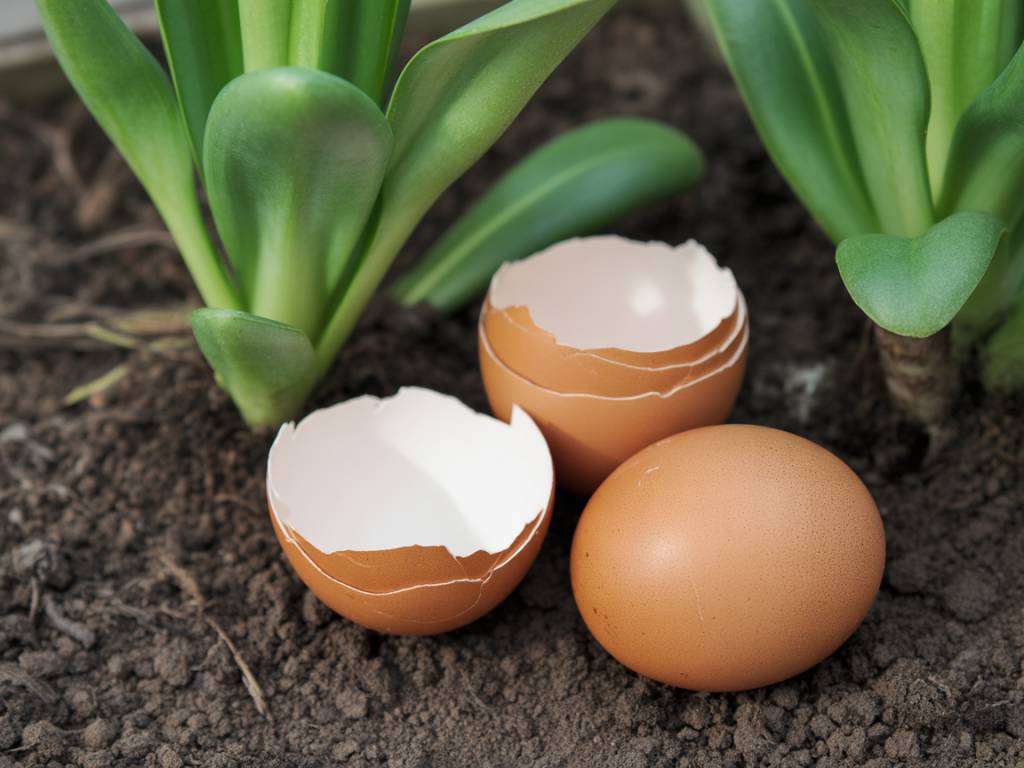Mulch Is Your Best Friend
Every summer, I make sure to give my garden a generous layer of mulch before the first heatwave hits. Mulching is one of the most effective and natural ways to retain soil moisture and regulate temperature. I prefer using organic mulch like wood chips, straw, leaf mould, or composted bark. Not only does it insulate the soil, but it also feeds it as it breaks down slowly over time.
I usually apply about 5 to 7cm of mulch around my plants, making sure to leave a small gap around the stems to prevent rot and pest issues. This thick layer keeps the soil cool and drastically reduces the need to water during hot spells. As a bonus, it helps suppress weeds, saving me time and effort later on.
Choose Drought-Tolerant Plants
If you’re planning to plant anything new before the summer, consider drought-resistant varieties. I’ve seen how Mediterranean herbs like lavender, rosemary, thyme, and oregano thrive during heatwaves without a fuss. They add gorgeous colour and fragrance while attracting pollinators like bees and butterflies.
In the vegetable patch, I’ve had good results with courgettes, tomatoes, aubergines, and chillies. Once they’re established, they cope quite well, especially when mulched and watered deeply. I also grow native wildflowers which adapt beautifully to dry conditions and require minimal intervention.
Watering – Think Deep, Not Frequent
One of the biggest mistakes I used to make was watering little and often. It seemed logical at first, especially during very hot days. But what plants need is deep, infrequent watering that encourages their roots to go down into the soil where it’s cooler and more stable.
Now I water deeply every few days, early in the morning or late in the evening when evaporation rates are low. I use a watering can or drip irrigation system and avoid sprinklers because they waste a lot of water in the heat. For young plants and seedlings, I set out terracotta ollas — buried clay pots that slowly release moisture into the soil — which I’ve found to be both sustainable and highly effective.
Start Building Healthy Soil
Resilient gardens begin with living, healthy soil. Before summer hits, I spend time adding organic matter like compost, worm castings, and homemade nettle tea to my beds. Rich soil holds moisture better, supports microbial life, and helps plants survive the summer stress.
I never dig or disturb the soil more than necessary. Instead, I follow no-dig principles, layering compost and natural amendments on top and letting earthworms and microbes do the work. This approach keeps the structure intact and improves the long-term health of the garden.
Use Shade Strategically
While full sun is essential for many plants, intense heat can actually stress them. I use shade to my advantage by planting taller crops like sweetcorn or sunflowers near more delicate varieties like lettuces and spinach. These provide natural shade and protection from harsh afternoon rays.
In the polytunnel, I hang shade cloths during peak summer days and make sure there’s adequate ventilation. For younger or recently transplanted plants, I sometimes use upturned flower pots to provide temporary shade during the hottest part of the day. It’s a simple trick, but it makes a big difference in their survival and strength.
Harvest Rainwater While You Can
Even if rain seems unlikely now, I always prepare in advance. I’ve set up several water butts around the garden to collect every possible drop from roofs and gutters. Stored rainwater is perfect for plants — it’s softer and often closer in temperature to the soil, which avoids shocking the roots.
If you don’t already have a rainwater collection system, now’s a great time to install one. If space is tight, even a couple of reclaimed barrels will do the trick. I like to keep them shaded or covered to prevent algae build-up and mosquito larvae.
Reduce Stress on Your Plants
Just like people, plants can struggle under extreme heat stress. I try to avoid sowing or transplanting during peak heat — instead, I do this work early in the morning or in the evening when conditions are milder. If I have to move or prune plants, I always follow up with a good soak and sometimes a little seaweed solution to help with recovery.
I also try to keep my pruning minimal in summer. Removing too much foliage exposes the plant to sunburn and water loss. Gentle trimming or deadheading is fine, but I save heavier cuts for autumn or early spring.
Stay on Top of Weeds
Weeds are fierce competitors for water and nutrients in the summer months. I keep a close eye and pull them early while they’re still manageable. Using a good layer of mulch does most of the work by preventing their growth, but I still walk around weekly to pick out the persistent ones by hand. It’s satisfying and less overwhelming than letting them build up.
I avoid chemical weed killers, of course, as they can harm the soil microbiome and pollute water sources. Instead, I use a hori hori knife or simple hand fork to gently lift the roots. Done regularly, this keeps my beds healthier and gives my crops a better chance during the driest months.
Don’t Forget the Wildlife
Summer can be tough on wildlife too. I always make sure there’s water available for birds, bees, and hedgehogs — little dishes placed in shady spots, refreshed regularly, can be lifesavers. I avoid using pesticides and instead attract natural predators like ladybirds and frogs to keep pests in check.
Planting nectar-rich flowers and creating small log or stone piles adds diversity and resilience to my garden. The presence of birds and beneficial insects often means fewer pest problems and a more balanced ecosystem overall. Plus, watching nature thrive brings such joy all summer long.
Observe, Adapt, and Enjoy
Permaculture has taught me that observation is one of the most valuable tools in any gardener’s kit. Each garden is different, each year is different. If I notice a plant struggling, I take a moment to assess — is it too exposed? Too dry? Competing with a neighbour?
Gardening during a hot UK summer need not be a fight against nature. With mindfulness, some early preparation, and a gentle hand, your patch can thrive even in dry conditions. There’s something deeply fulfilling about walking through a garden that remains green, buzzing, and alive despite the heat. And for me, that’s always worth the effort.
Warm wishes and happy gardening,
Samanta

